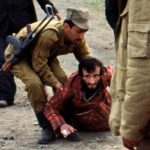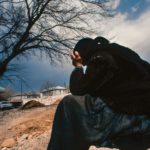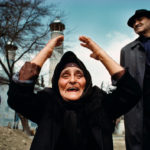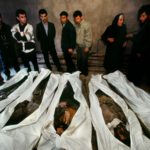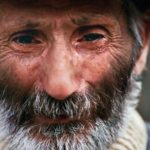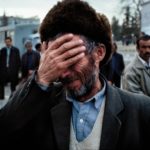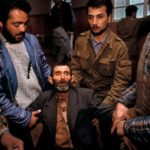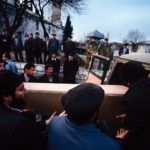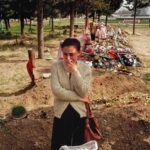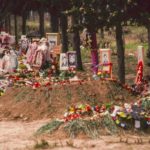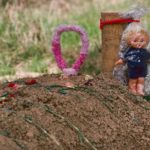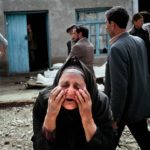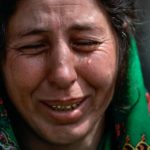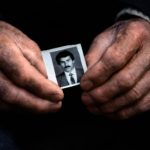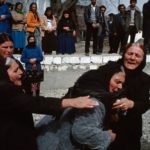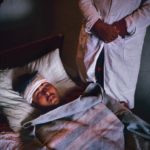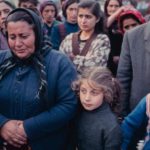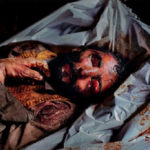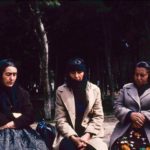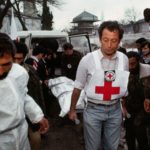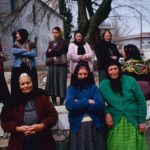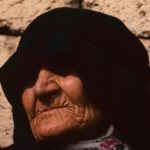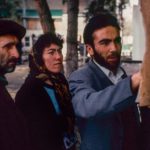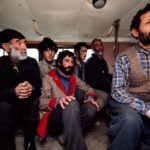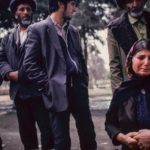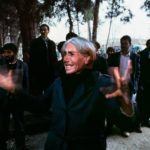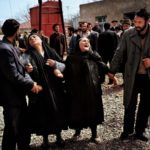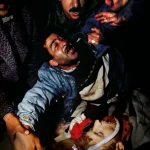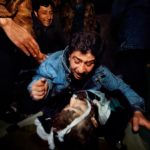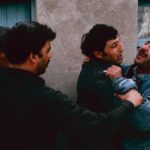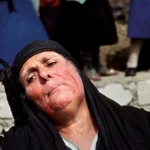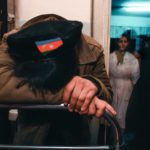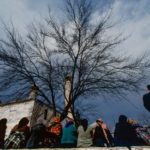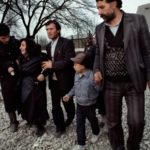The world has become my country. I travel around it as a photographer and witness the way it drifts between war and peace. My home base is Paris, but I bear witness to the wounds of our humanity as a whole. Since 1987, when I first went to Baku, I have visited Azerbaijan several times as a photojournalist.
I’ve covered the decisive, tragic moments in the history of the country for the international media, including Black January in 1990, the Armenian-Azerbaijani Nagorno-Karabakh conflict and the massacre in Azerbaijani town of Khojaly in 1992. A few years later, while on an assignment for the National Geographic Magazine, I spent some time investigating the troubled lives of refugees and displaced persons, among other topics.
I have often returned to Azerbaijan as an observer and witness of a country undergoing rapid change. In every village, town, and city I traveled through, I noticed the presence of a place of remembrance, often to mark the memory of a tragedy. In The Massacre of Innocents, I wanted to pay tribute to these women and men, all powerless victims of the geopolitical chessboard.
I’ve covered the decisive, tragic moments in the history of the country for the international media, including Black January in 1990, the Armenian-Azerbaijani Nagorno-Karabakh conflict and the massacre in Azerbaijani town of Khojaly in 1992. A few years later, while on an assignment for the National Geographic Magazine, I spent some time investigating the troubled lives of refugees and displaced persons, among other topics.
I have often returned to Azerbaijan as an observer and witness of a country undergoing rapid change. In every village, town, and city I traveled through, I noticed the presence of a place of remembrance, often to mark the memory of a tragedy. In The Massacre of Innocents, I wanted to pay tribute to these women and men, all powerless victims of the geopolitical chessboard.


